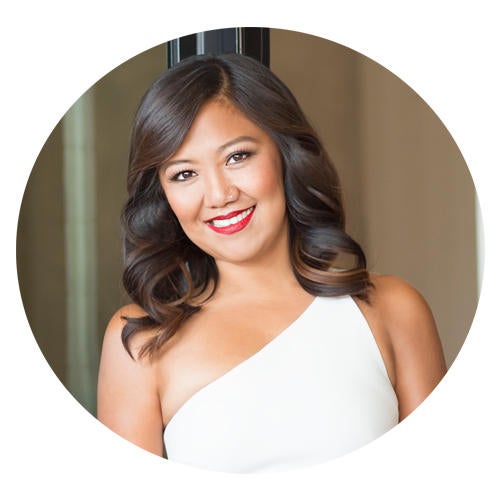Interior design is a personal business and sticky situations, like differences with a client or leaving a project midway through, are bound to ensue. When a designer and client decide to part ways, it often results in another designer coming in to pick up the pieces. We asked six pros—Dawn Hamilton, Michael Kaestner, Christine Markatos Lowe, Donna Mondi, Jhoiey Ramirez and DuVäl Reynolds—how they’ve handled taking over projects begun by another designer.

Early days
“When this happened to me, the client had actually interviewed both me and the other designer for the project initially and chose the other designer. Their relationship went south because that designer appeared to be in cahoots with the cabinetmaker and was way overcharging. The client then decided to call me. The job and the client turned out to be great, but this experience happened very early on in my career. I don’t know that I would get involved in a situation like that today, unless I could really verify what went wrong and that it wasn’t a case where the client had more to do with the job not working out than they let on.” —Dawn Hamilton, DawnElise Interiors International, Oakland Park, Florida
Fresh start

“We have been on both sides of this situation. We start by taking all assumptions off the table—both about the previous designer and the client. We are currently working on a project started by another team. And before passing judgment, we require the client to share the past experience with us, with as much detail as they’re comfortable with. Here is our opportunity to see if the scope of this project aligns with our proven process and practice. If not, there are no further discussions and we do not take the project. If so, we start from scratch, objectively focusing on our established systems, constructing clear expectations on the strategy moving forward, and we revive confidence that the project can be completed within these new parameters. ” —DuVäl Reynolds, DuVäl Design, Fairfax, Virginia

Make it work
“It is not an easy situation, and my first instinct is to say no, but it’s hard to turn down an awesome client. When we were in this situation, the client decided to change course [after] a lot of the items were already purchased. The issue was execution—making things happen in a cohesive way without [the space] becoming a direct replica of the store showroom. It would have been easy to convince my client to start over (and that would have fed my ego better), but there is a certain respect that I have in the process. I tried to understand the previous designer’s intentions and I made a lot of it work. In the end, it was a collaboration between the first designer’s work and [my own]. This enabled the client to both be happy with the result and save some money by not wasting products that had already been purchased. We need to remember that even though we are competing [with other designers] for the same jobs, our clients need guidance on what is right for them, not for us. After all, they are the ones who will be living in the spaces we design.” —Jhoiey Ramirez, Studio Jhoiey, Los Angeles

Listen and learn
“This has happened [to me] several times. First, I want to learn from that experience and find out why it didn’t work. There are many clues here that will help ensure the success of our relationship. Next, I find out what elements of the design they liked and find new ways to capture that essence. There is no fun in copying, even if it is the highest form of flattery. Once the design is uniquely ours, the rest is easy.” —Donna Mondi, Donna Mondi Interior Design, Chicago

Move forward
“I find that the key is to be straightforward with the client as to what parts you think work and why others don’t. I always try to find a few things that could stay, just to get momentum moving forward. As they say: ‘Don’t throw the baby out with the bathwater.’ I’ve found that once the client better understands the new vision, they tend to get on board with making suggested changes and editing. It’s a process that we typically work through with them during our design development, so there is time to digest before moving forward.” —Christine Markatos Lowe, Christine Markatos Design, Santa Monica, California
Double-check

“I’m a kitchen designer presently working on a project where an interior designer contacted me to help her with cabinetry for a project where another firm had dropped the ball. One potentially major snafu that occurs when being the second designer is making assumptions that the first designer had everything correct. Assume nothing! I always check dimensions of the room and evaluate adjacent spaces to ensure the design works. It was critical for me to piece together the concept of the design and further speak with the client so I could ensure the design met their needs.
“I found that the [original] design was insufficient for what the client truly wanted, and I aimed to enhance the design for those reasons. For this project, there were a lot of cabinetry modifications that needed to be hashed out to ensure that the materials not only looked great, but functioned flawlessly. My advice for anyone stepping into similar shoes is simple: Treat each and every project the same way, with a detailed investigatory process while honing your communication skills for the benefit of your clients—you will not only improve your craft, but also enjoy much success and happiness!” —Michael Kaestner, Kaestner Designs, Philadelphia
Homepage photo: A project by DuVäl Reynolds, styled by Charlotte Safavi | Photo by Stylish Productions



























